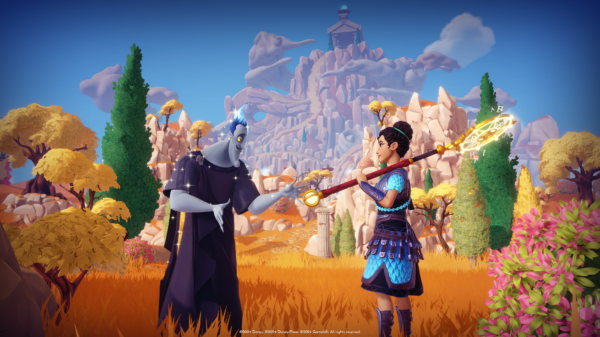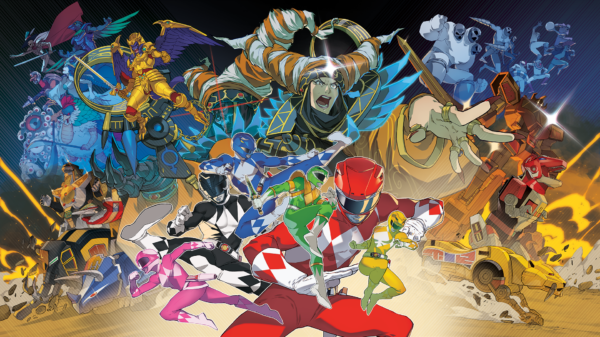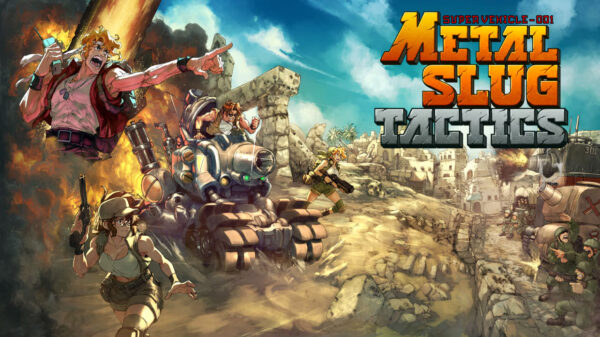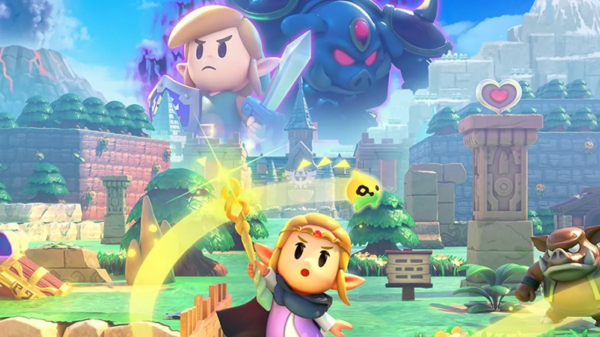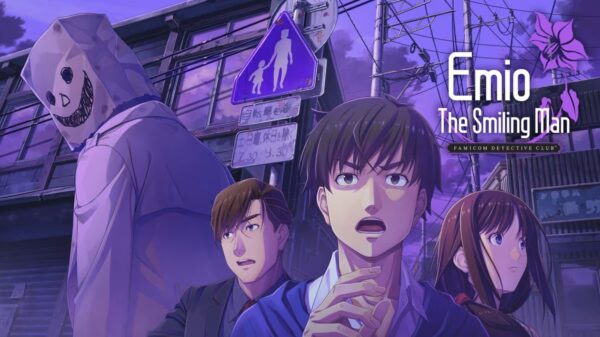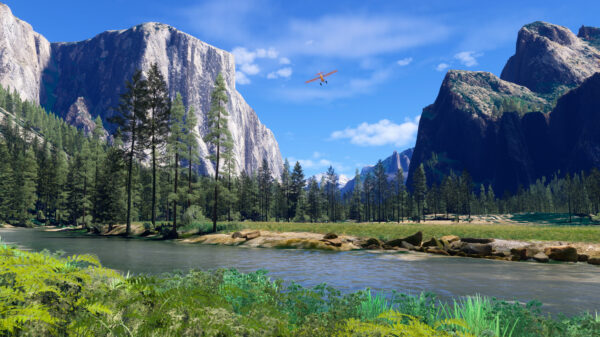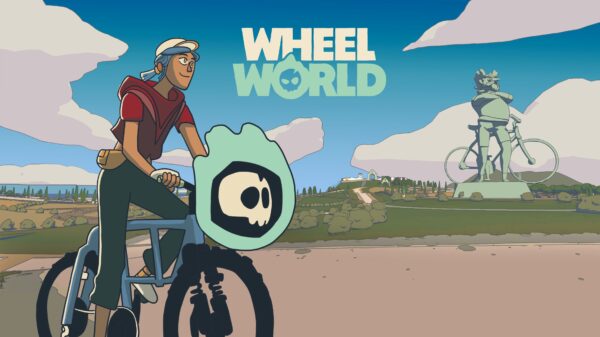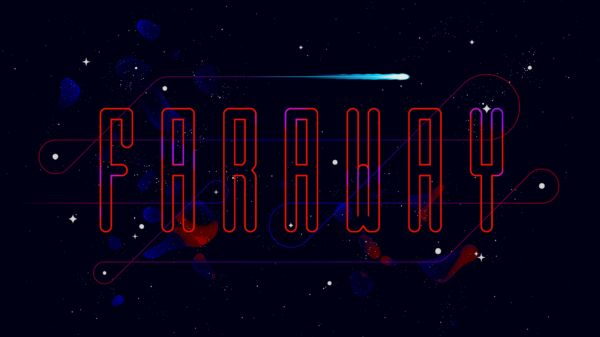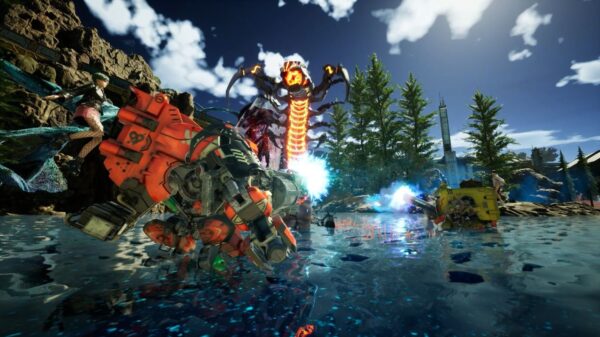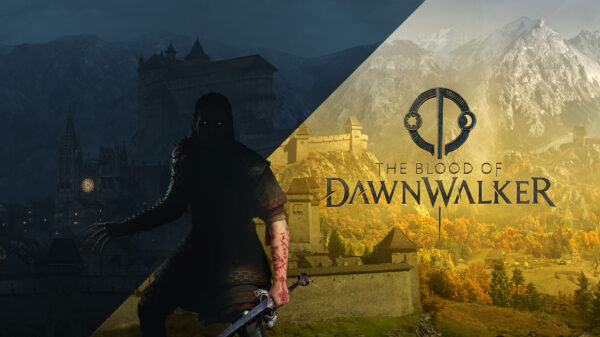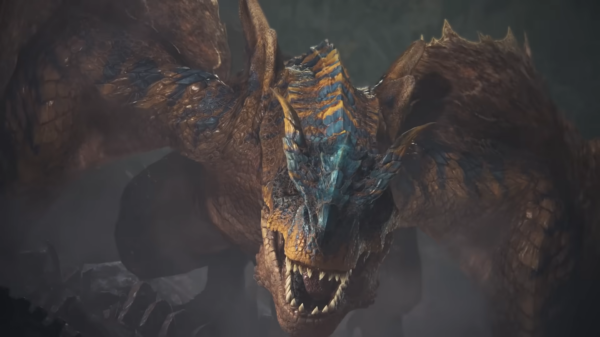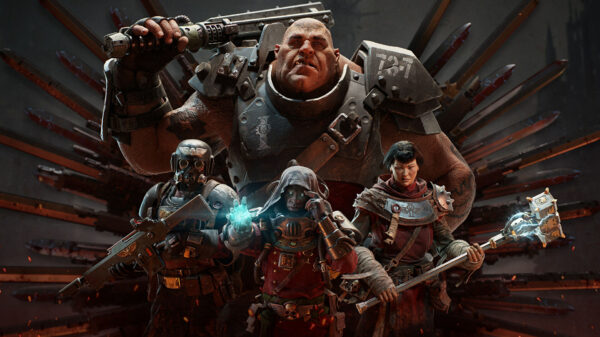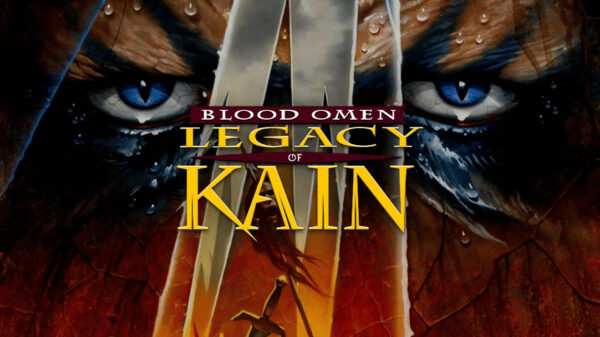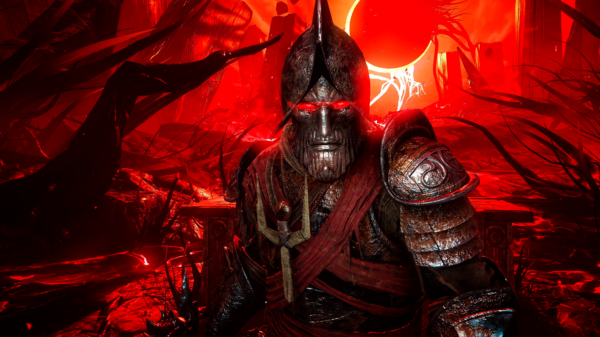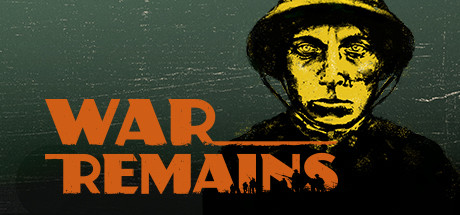Dan Carlin is a man I’ve been following for years: obsessively checking my podcast feed and racing to download the latest episode in his Hardcore History series as I proceed to devour it like a starved animal; an apt analogy as his episodes are such dense pieces of work they usually take at least five months to come out. So you can understand my curiosity when I find he’s been working on a game, a VR one at that.
War Remains: Dan Carlin Presents an Immersive Memory
Developer: Flight School Studio
Price: $4.99
Platform: PC
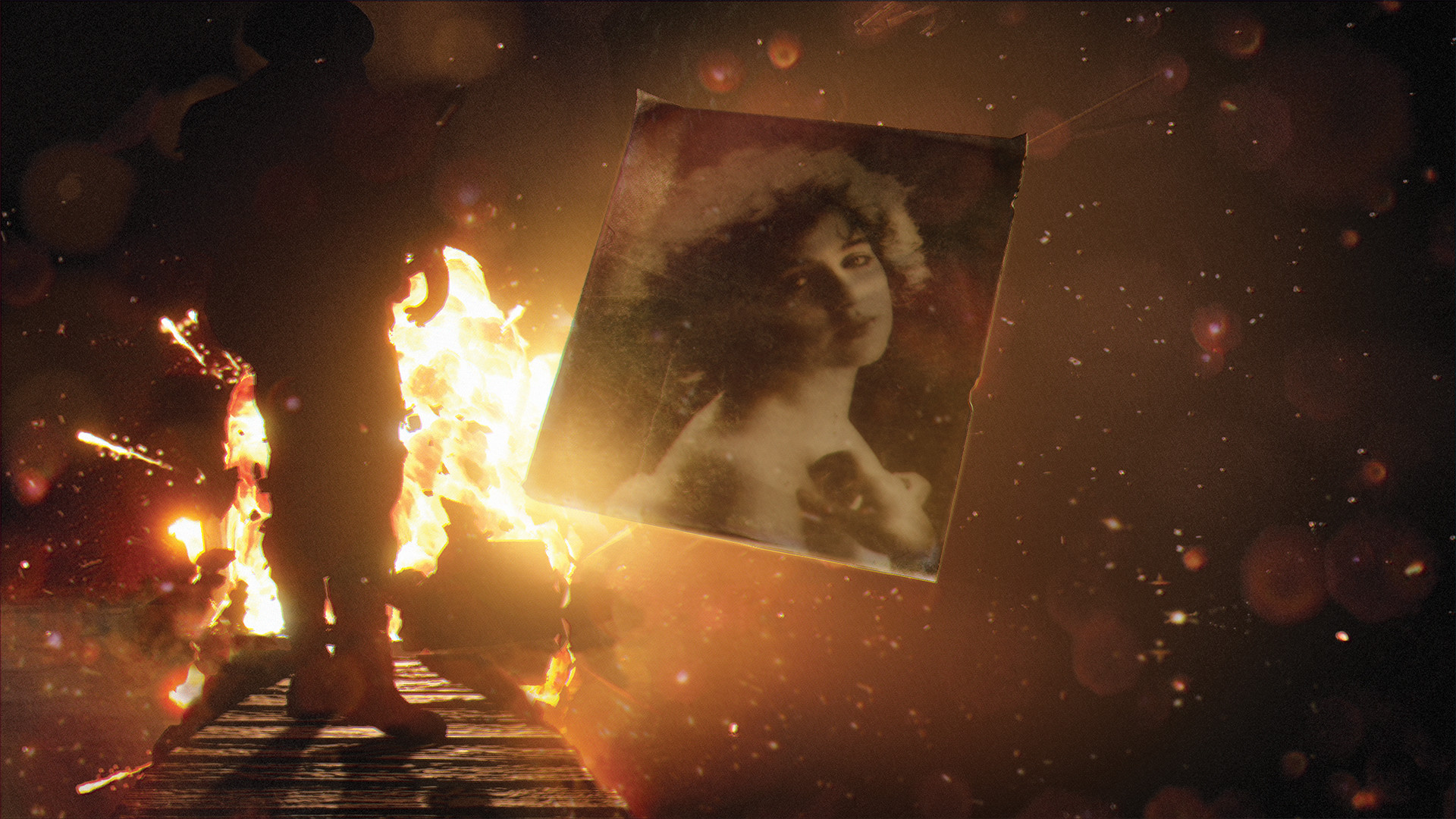
Based off of his phenomenal 6-part series on World War 1 (which I wholly recommend), War Remains: Dan Carlin Presents an Immersive Memory takes you to the frontlines of one of the most gruesome wars in history for a very brief fifteen minutes. Companies like The Void or Nomadic create these physical VR experiences where you enter a series of rooms that perfectly replicate what you’re viewing in the headset; stick your head out of a window on a moving train and there’s an actual window there for you in the real world and a fan blowing wind at your face. War Remains was clearly made for this sort of experience first and foremost, and then shuffled over to a home version later which is perhaps the reason for its biggest failing.
To me, VR without the interactivity makes the entire experience meaningless. And while places like The Void do offer an intense level of immersiveness within their experiences, it too has its limits. Where those VR experiences excel at selling you on immersing you in the environment, the heat of a fire or the wind whipping at your face, it has its limits when it comes to object interactivity. Where you can grab and toss a chair in something like Half Life: Alyx, in Nomadic’s version of Arizona Sunshine you can feel that chair but that thing is nailed to the floor. It’s two very different types of interactivity that help sell the VR experience and it’s the latter that I wish War Remains actually tried to achieve.
Pitching itself as an “interactive memory”, War Remains shuffles you from showcase to showcase as Dan Carlin narrates the horror going on around you. Starting you off in a hot air balloon as planes occasionally whizz past, Carlin’s narration helps set the scene before everything fades to black and you’re tossed immediately in a trench. After a few more transitions the credits finally roll where I’m sure you were meant to have some “revelation” at getting a taste of WW1; instead I’m left thinking “that was it?” and wondering at the potential a more fleshed out game could have.
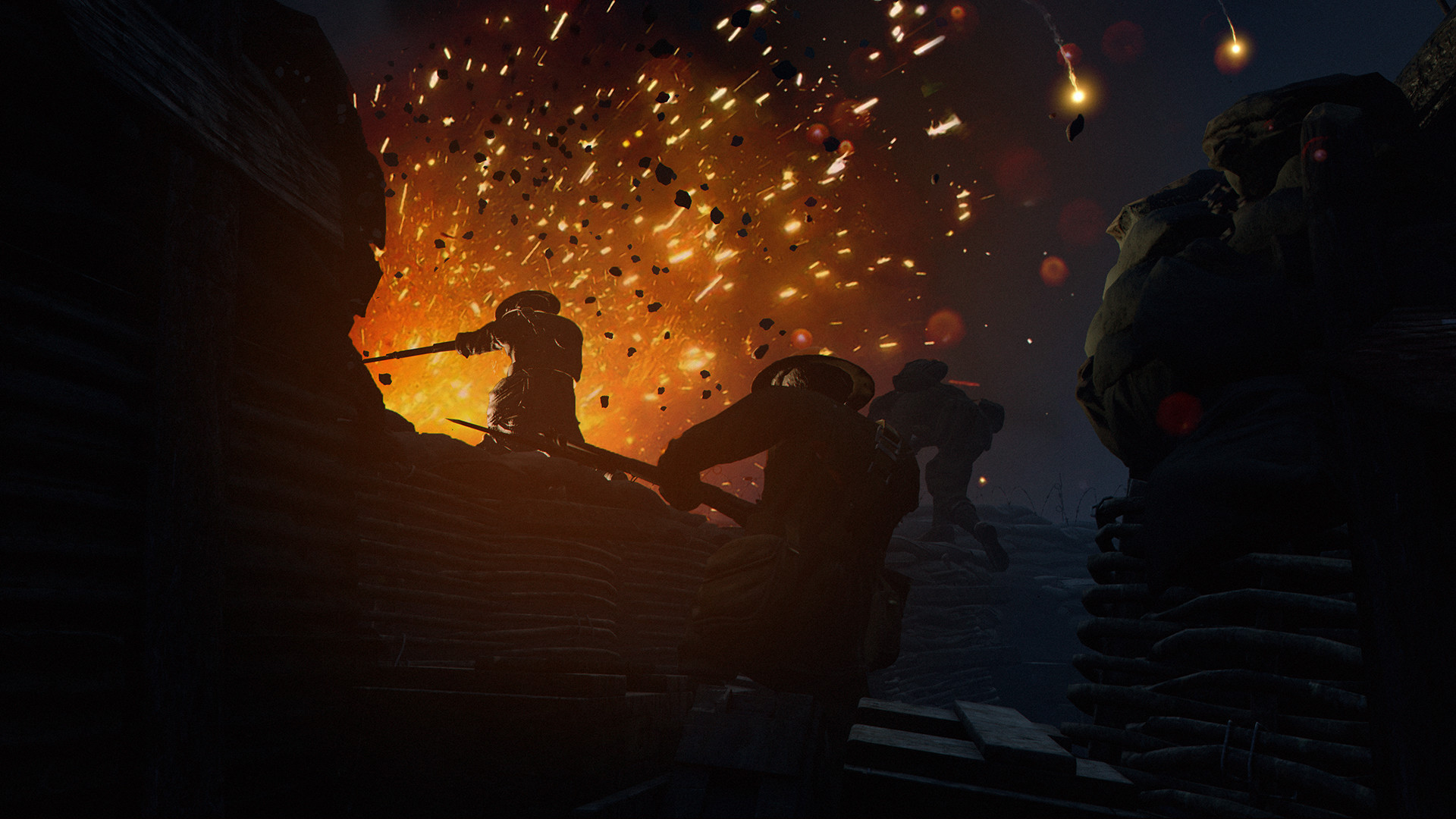
Visually the game nails the dirtiness you expect from that war, I just wish it did more. As I’m standing in the basket of the hot air balloon I see a single plane fly by in the distance, and it’s a decent chunk of time before another far off plane zips by. What initially created a surge of urgency as I’m able to look over the side of the balloon to the depths below quickly deflated as the experience became as empty as the sky I was floating in. A plane flying dangerously close to you, or perhaps having something remotely dramatic happening would have helped set a better tone.
That segment does help temper expectations however, as in the following sections everything that happens, happens at a safe distance. The soldiers rushing over the wall into no man’s land are a good ten feet away as you sort of stand there and watch them fruitlessly climb over to their deaths, feeling more like an awkward observer instead of a participant. Another segment sees you witnessing a group taking potshots from enemy soldiers, but they’re so far off you can barely make them out. Some moments even clumsily drag on before ending where you’re standing there, the action and narration having finished, but the game waits an extra 30 seconds before fading out as absolutely nothing happens around you. The one shining moment is when you’re trapped in a bunker as artillery rains from above and the excellent sound design finally gets to show itself off while the room you’re in shakes with each concussion hit.
I should note that while the game lets you walk around in each zone’s maybe 4×4 area, there’s nothing to interact with. You don’t even have hands replicated in VR and there’s no way to pause the “experience” (clearly a hold up from the physical retail studio version of the game). My immediate instinct is to reach out and touch things in these environments and it’s jarring when you can’t. At one point the game goes for a shock moment as you fade into the next scene with a corpse hanging over you, its arm dangling while still gripping a rosary bead necklace in its cold hand. Instead of being able to reach out and touch that necklace, all I could do was walk through it. The bunker you’re locked in with trinkets galore that you wish you could pick up and examine closer is instead kept at a distance as you struggle to hear Carlin’s narration over the thundering sounds of artillery dropping overhead.
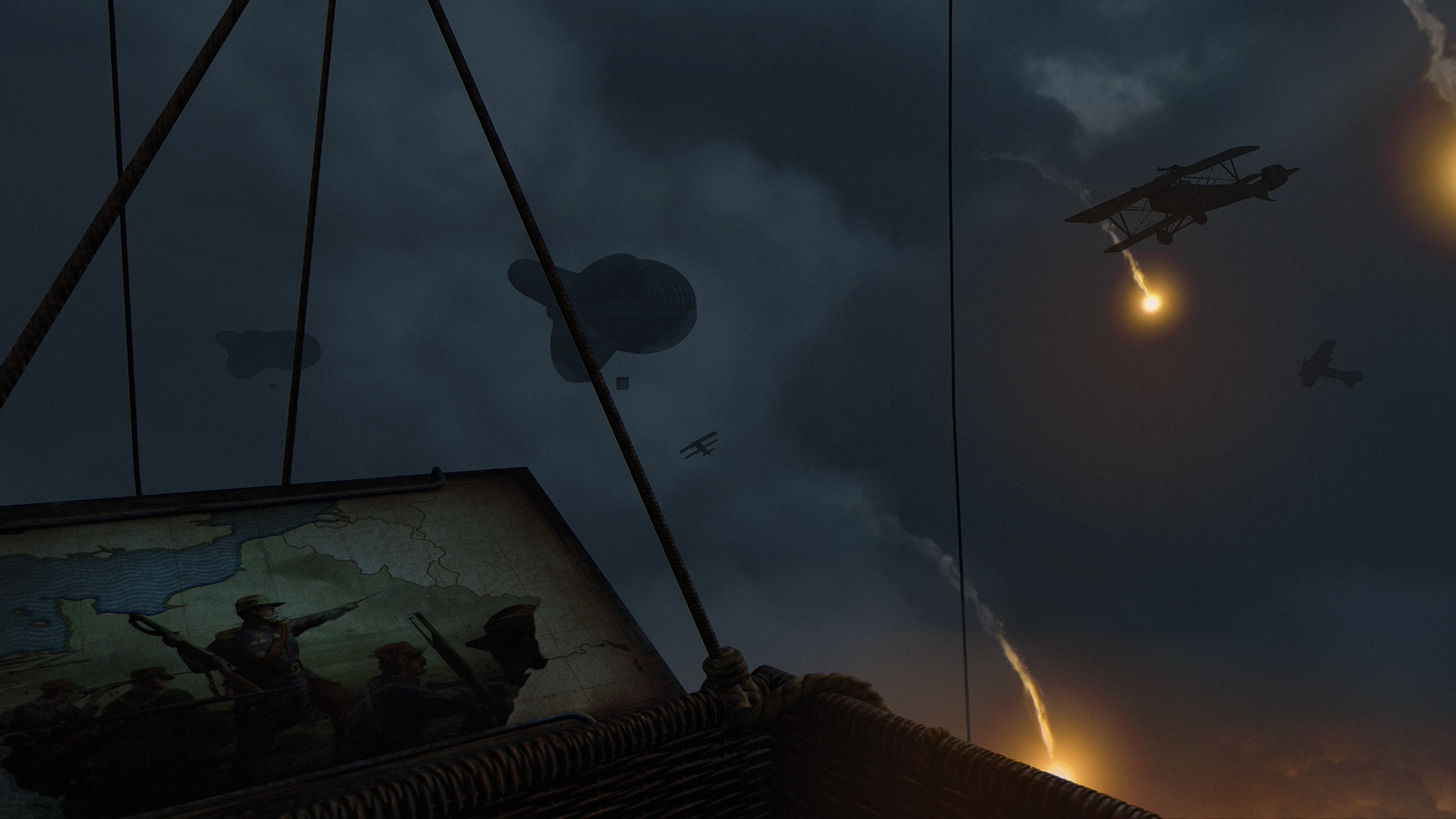
I will give Carlin some credit, his way with words is just as excellent in short form as it is in his usual longer format. There’s an intensity that drips from the way he emphasizes certain moments, and where before he was excellent at painting a picture with his words, here they’re given life as tanks roll over the trench you’re trapped in while he adds meaning to the horror. A master storyteller, his story is perhaps not given the justice it deserves here as he’s kept to such a strict time limit. I would love to see him return for another one of these, that’s made for home VR and features a longer story with a bit more interaction to truly make you feel like you’re experiencing one of the more horrible events in human history.
The Final Word
War Remains is impossible to score as it barely constitutes as a game considering it’s meant to be played as a VR experience such as those offered by The Void. But it is an interesting piece of media whose potential for future entries slightly makes up for the faults it has.



